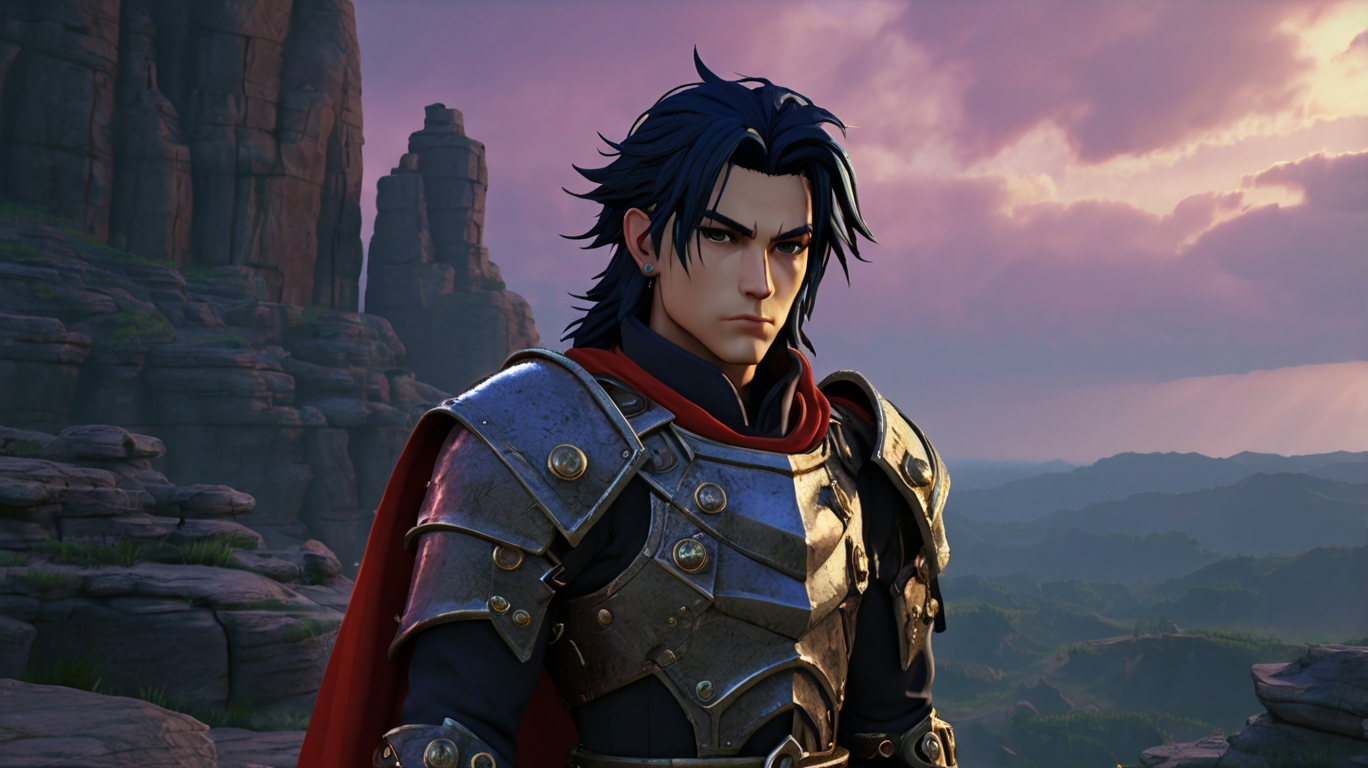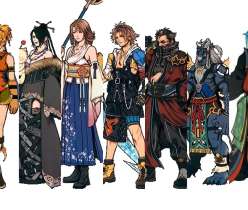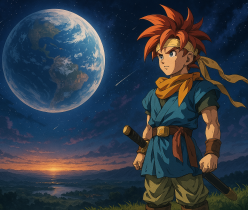Facing the Shadow: How Magus Reflects the Soul’s Deepest Transformation
In the vast constellation of characters found in JRPGs, few embody the psychological and spiritual archetype of “the shadow” as powerfully as Magus from Chrono Trigger. A dark sorcerer cloaked in mystery, Magus is not only a compelling character within the game’s narrative, but also a symbol of the inner work every soul must eventually confront — the reckoning with pain, loss, identity, and ultimately transformation.
As we explore the role of Magus through the lens of the Soulchild333 brand — one steeped in cosmic reflection, personal growth, and spiritual awakening — we discover more than just a fictional tale. We find guidance on what it means to evolve, heal, and transmute darkness into personal power.
The Archetype of the Shadow
In Jungian psychology, the shadow is the unconscious part of the personality that contains our repressed weaknesses, desires, and instincts. It is often formed in childhood as we learn which behaviors and emotions are “acceptable” — and which are not. Left unacknowledged, the shadow becomes the silent force that controls our reactions, relationships, and internal conflicts.
Magus is the very embodiment of the shadow: misunderstood, feared, and deeply wounded. His transformation from the innocent Janus — a child lost in time — into the enigmatic Magus is a journey of survival and soul fragmentation. But it’s also the beginning of his awakening.

From Janus to Magus: The Wound That Shapes Us
To understand Magus, we must go back to his origin. Janus was the young prince of Zeal, a kingdom that soared above the clouds — literally and figuratively. Zeal was powered by the use of magic, harvested through the dangerous and unethical siphoning of Lavos, a parasitic alien force.
When Zeal’s experiments with Lavos went too far, the entire kingdom fell. Janus was thrown into a time gate, separated from his family and everything he knew. This was the moment his shadow was born — the moment trauma planted its seed.
As Magus, he emerges as a powerful, brooding figure who has dedicated his life to destroying Lavos. But underneath his icy resolve is the pain of abandonment, loss, and an identity that was shattered in childhood. His transformation is a defense mechanism, a shell built to protect a tender inner self.
In many ways, this mirrors our own journeys. How many of us build personas — masks — to survive trauma, rejection, or instability? How many of us wear those identities so long that we forget who we were before the pain?
The Illusion of Control
Magus wields powerful magic and commands fear. But what makes his story so human is that despite all this, he is not in control. His vengeance is born not from empowerment, but from desperation.
He believes that by destroying Lavos, he will reclaim a part of himself. But his obsession blinds him to everything else: the possibility of connection, redemption, and healing. He cannot see that the real enemy is not Lavos alone — it is the pain Lavos represents, the wound that never healed.
This is a lesson for every soul: control is not the same as freedom. You can manipulate the outer world, but unless you face the pain within, you are still in bondage.
The Turning Point: Reunion with the Past
One of the most emotionally charged moments in Chrono Trigger is when Magus encounters his sister, Schala, again (in versions and continuations of the game where her story unfolds). This reunion, brief and bittersweet, is symbolic of his inner reckoning. It is the moment he remembers who he once was — and who he still is beneath the darkness.
In the optional confrontation with Frog (who seeks revenge for a past wound inflicted by Magus), the player can choose to fight or walk away. Either decision reflects the soul’s crossroads: do we keep feeding cycles of pain and vengeance, or do we choose a different path — one that leads to wholeness?
Magus’s journey is not one of light overtaking darkness. Instead, it is about integration — owning his story, his choices, his sorrow, and ultimately, his healing.
The Soulchild333 Reflection: What Magus Teaches Us About Transformation
For the Soulchild333 seeker — someone on a path of ascension, self-inquiry, and spiritual growth — Magus is more than just a character. He is a mirror.
Here’s what his journey teaches us:
1. Trauma Can Be a Catalyst
Magus’s trauma didn’t destroy him. It remade him. While his journey was far from perfect, it reminds us that the worst things that happen to us can become the soil for our rebirth. The pain is real — but so is the power that can come from it.
2. You Are Not Your Wound
The shadow is not the enemy. It is a part of us longing to be seen, held, and loved. Magus spent years chasing vengeance, trying to fix the past. It wasn’t until he began to face who he truly was — without illusions — that healing became possible.
3. True Power Is Found in Letting Go
Real power doesn’t come from magic or control. It comes from surrender — to love, to truth, to the messy process of becoming. Magus’s greatest strength wasn’t his spellbook. It was his ability to endure, to evolve, and to seek redemption even when he thought it was too late.
4. Your Past Doesn’t Define You
Janus became Magus, but that wasn’t the end of the story. And your story isn’t over either. We are allowed to become new versions of ourselves — again and again. Each time we do, we bring more of our shadow into the light.
5. Integration Over Erasure
Magus never becomes a shining paragon of light. And that’s the point. Healing is not about becoming perfect. It’s about becoming whole. The most spiritually awakened souls are not those who have no shadow — but those who have met it, and made peace with it.
Journal Prompts for Reflection
To deepen your connection to these themes, try these Soulchild333-style journal prompts inspired by Magus’s journey:
- What part of my past still feels unhealed or hidden?
- Have I built an identity around my pain or my power? How can I shift this?
- Where am I still trying to control my life out of fear or grief?
- What would it look like to forgive myself for who I’ve had to become to survive?
- If I met my “shadow self” today, what would I want to say to them?
Final Thoughts: Walking with Your Shadow
Magus shows us that the soul’s journey is rarely clean or linear. It’s messy, painful, and full of contradictions. But within that struggle lies the potential for the most profound transformation.
The Soulchild333 path isn’t about bypassing your wounds. It’s about honoring them. It’s about seeing the shadow not as something to fear — but as something sacred.
Because when you face your shadow, you don’t lose yourself.
You find the part of you that was waiting to be loved all along.
✨ Stay in alignment. Walk with grace. Embrace the whole story.
For more soul-inspired content, subscribe to the blog and follow @soulchild333.digital on Instagram.


